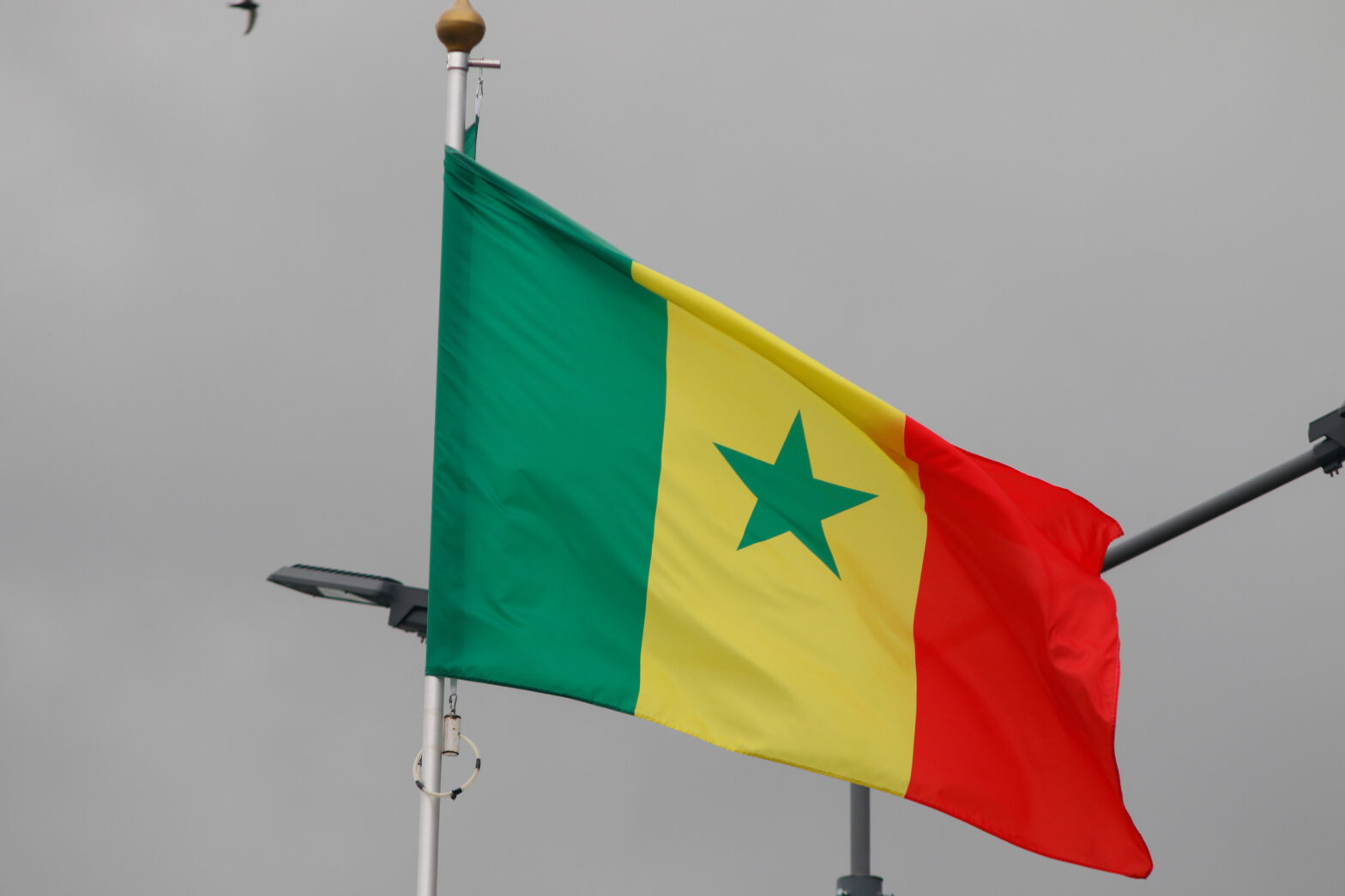Although Senegal is a beautiful place with a unique charm that draws tourists back, it also has much more to offer. Senegal’s recent achievement marks a new era for the country, which already boasts an intriguing history and significant cultural figures. With its latest announcement, Senegal has added another notable accomplishment to its history books.
As the world watches, the West African nation has made significant strides in technology and science. The satellite launch, years in the making, represents a major milestone. Here’s what we know about the launch and the country’s progress.
Senegal’s First Satellite

On August 16, 2024, Senegal’s President Bassirou Diomaye Faye posted on X (formerly Twitter), “I would like to express my pride and gratitude to all those who made this project possible.” On that day, the country launched its first satellite, Gaindesat-1A, a 1U-type satellite, sparking joy and pride among many Senegalese.
The launch deployed an Earth observation nanosatellite that will be instrumental in the country’s plans for progress. After five years of dedicated work by STEM professionals, the satellite was successfully launched, representing the hard work of many.
Local Senegalese engineers and technicians collaborated with the University Space Centre of Montpellier (CSUM), where eight engineers and five technicians were trained to make the country’s first satellite a reality. Senegal also established the Senegalese Space Study Agency.
This achievement is just the first phase of the country’s national space program, SenSAT. Thanks to the program and its developments, Senegal’s socio-economic status is expected to improve. In terms of scientific advancement, the country has opened up new possibilities. The space industry is growing significantly in Africa, and this is one of the major achievements marking that success.
What The Satellite Will Do
Senegal has reached a major goal and officially entered the space race. The country’s satellite will collect data that various agencies will use to drive innovation. For example, the Directorate for Water Resources Management and Planning (DGPRE) and the National Civil Aviation and Meteorology Agency will be able to assess and improve existing systems.
The satellite will play a crucial role in monitoring conditions across the country. Government and local authorities will use the data to enhance weather forecasting, improve water resource management, and more. Sectors like agriculture and telecommunications will also benefit.





